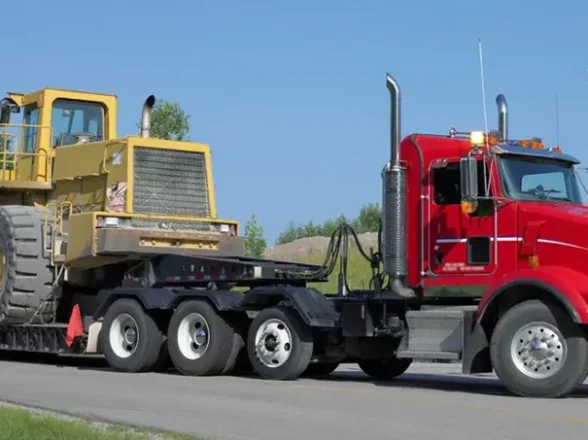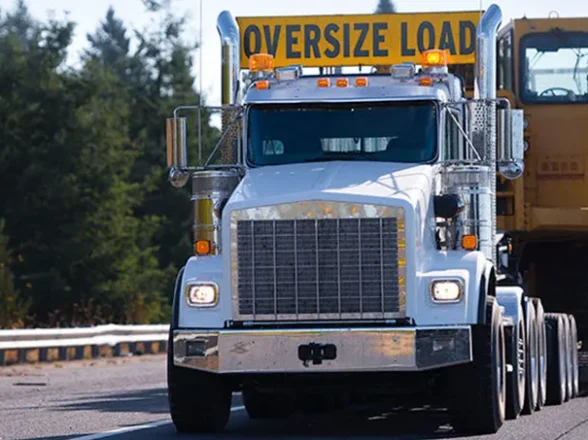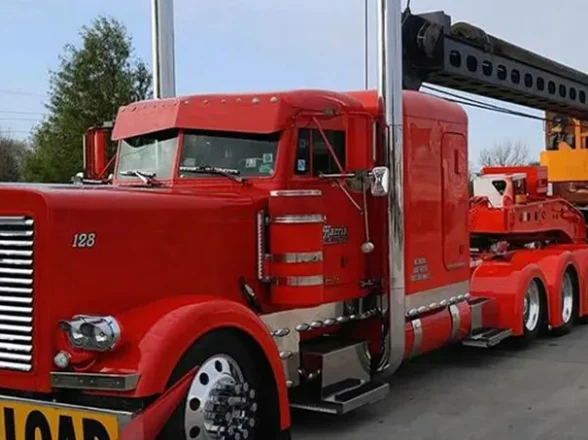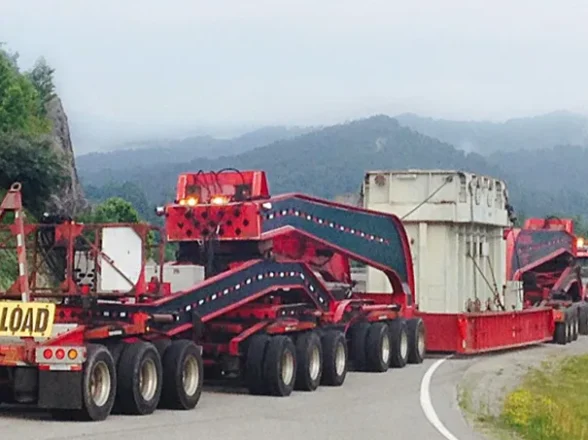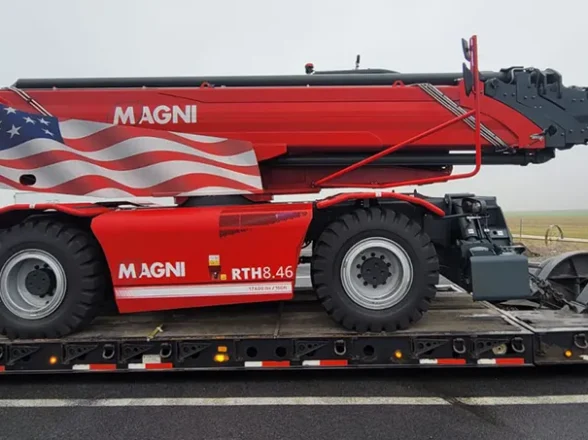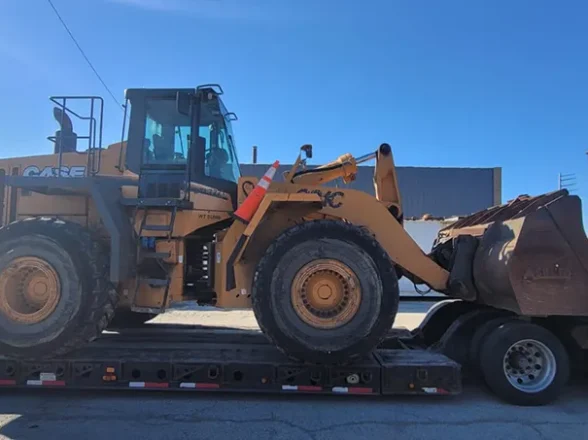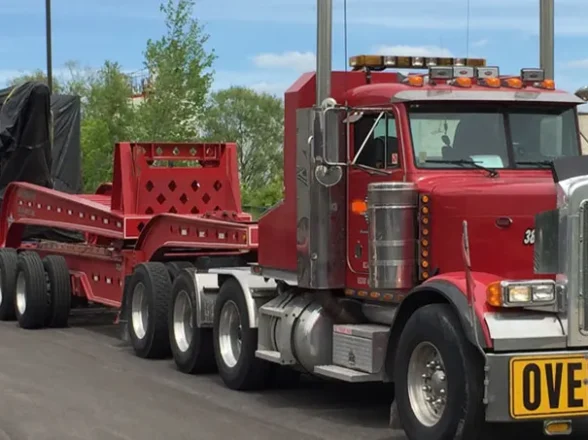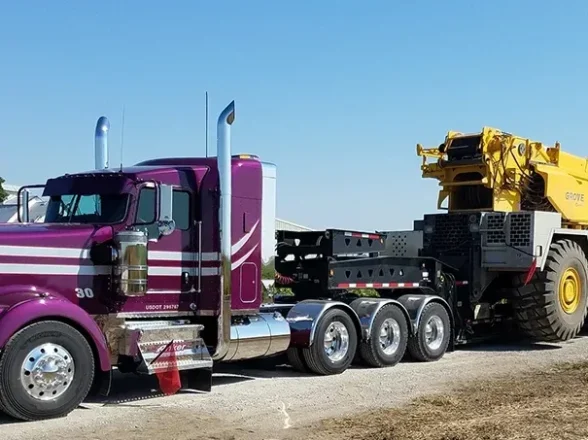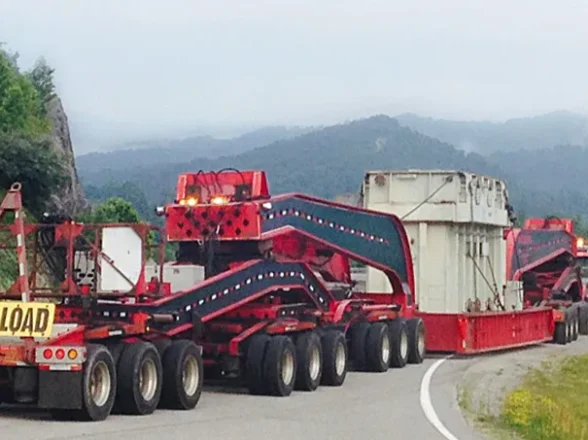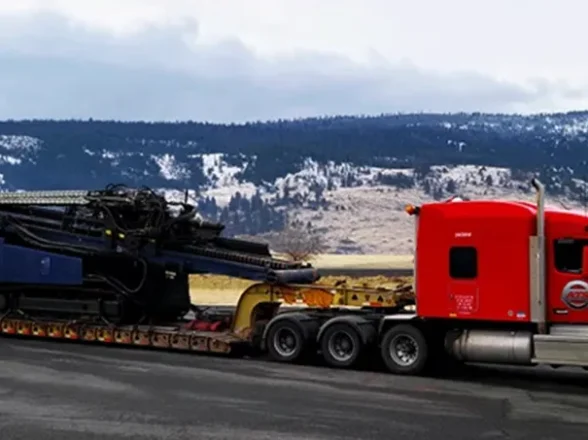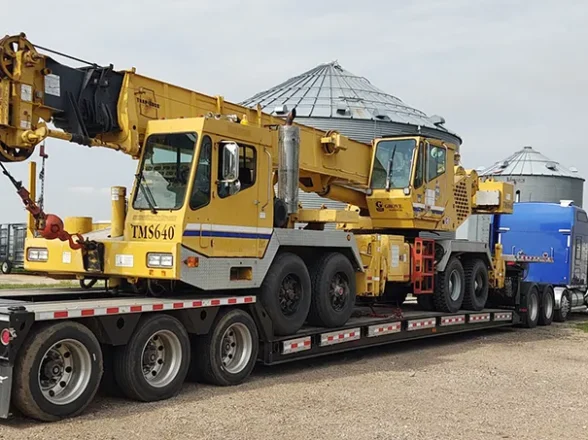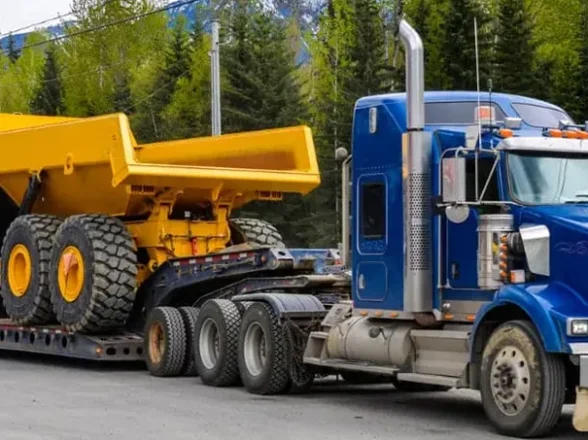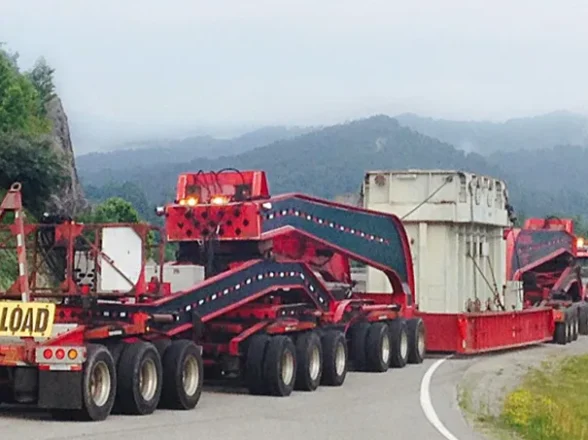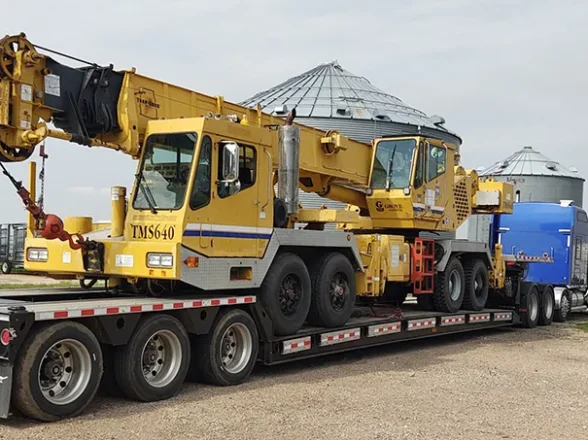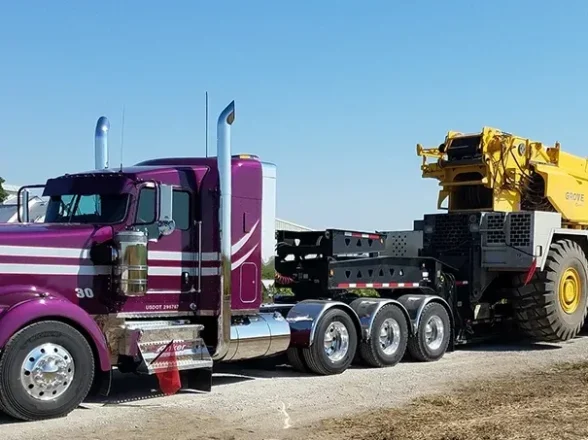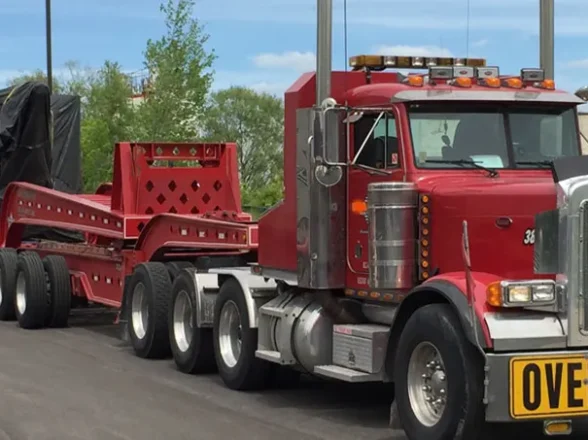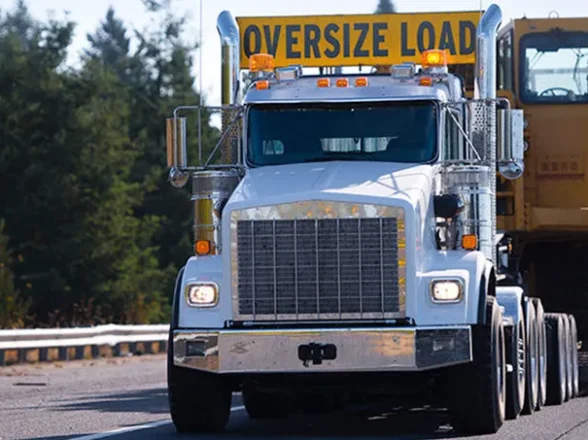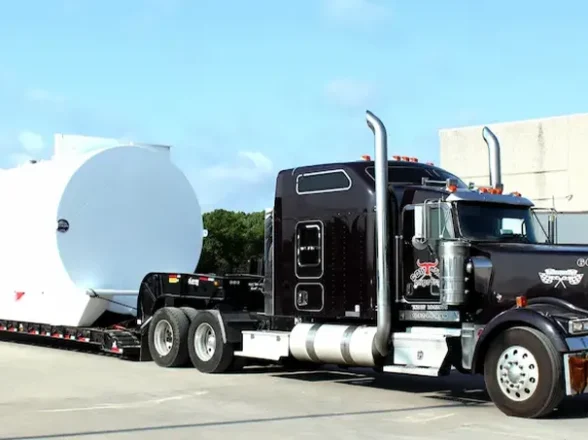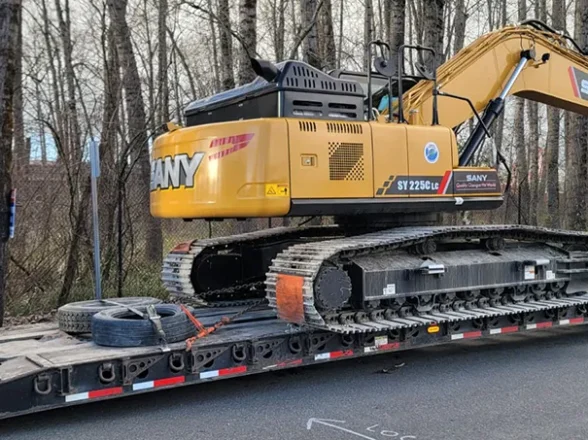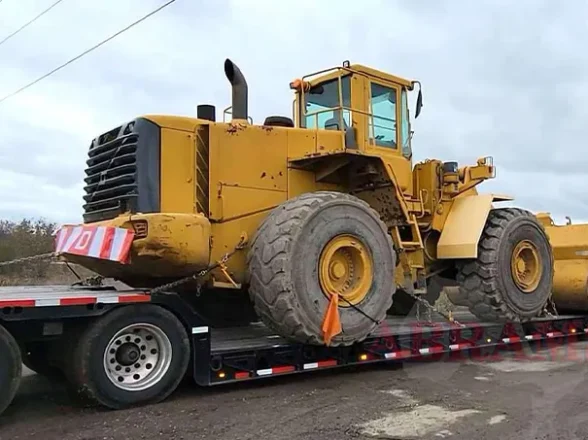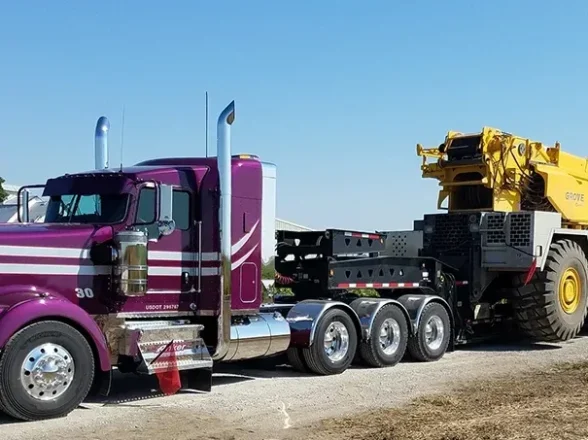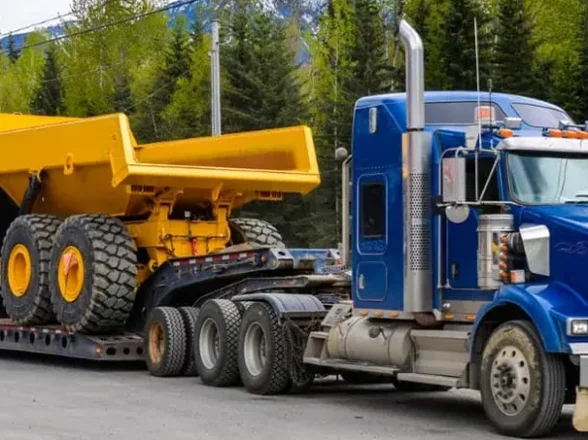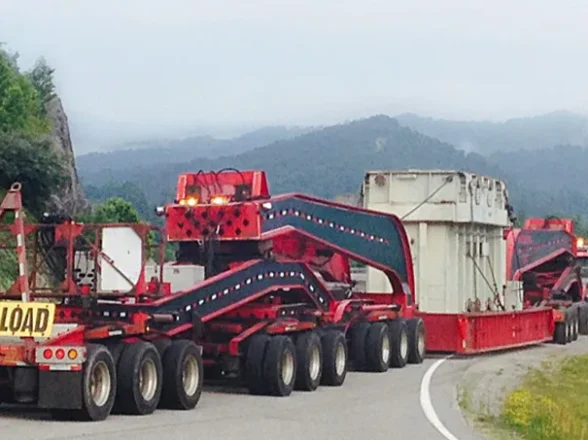DNP news
Blog
Comprehensive Guide to Nevada Oversize Permits

The following information about Nevada Oversize Permits is for informational purposes only. It’s important to always read your permits and provisions sheets carefully as we cannot guarantee the accuracy of the information provided. If you have any questions or need assistance, you can contact the following number.
Nevada DOT #: 800-552-2127
Nevada Oversize Permits Duration
Nevada oversize permits remain valid for a duration of five days and must be obtained before entering the state.
Operating Time
Travel is allowed from one-half hour before sunrise to one-half hour after sunset, with the following exceptions: Loads that do not exceed 12 feet in width, 15 feet in height, and 110 feet in length are permitted for night travel. Additionally, loads not exceeding 14 feet in width, 15 feet in height, and 110 feet in length are allowed for weekend travel, except in restricted areas as specified in the next section. Night, weekend, and holiday travel require prior authorization.
Restricted Travel
For loads surpassing 14 feet in width, 15 feet in height, 110 feet in length, and with a 15-foot overhang, weekend travel is allowed. However, if the width exceeds 12 feet, travel on I-80 between Reno and the CA line or on I-15 between Las Vegas (exit 33) and the California line is restricted. There are no weekday curfews for Las Vegas, Reno, or other cities. Typically, holiday travel is permitted for loads not exceeding 12 feet in width, 15 feet in height, and 110 feet in length.
Call (832) 454-5883 For Permit Consultation
Legal Dimensions for Nevada Oversize Load
Length:
- 53′ semi-trailer
- 75’ maximum length (including rear overhang)
Overhang:
10′, (as long as length including overhang does not exceed 75′).
Width:
8′-6″
Height:
18′
Weight:
80,000 Gross
- Single – 20,000
- Tandem – 34,000
- Tridem – 42,000
Routine Permit Limits
Length:
No max, each trip is at state’s discretion.
Overhang:
No maximum overhang if on permitted load.
Width:
17′
Height:
16′
Weight:
- 92,000 (5 axles)
- 96,000 (6 axles)
- 101,000 (7 axles)
- Single – 20,000*
- Tandem – 46,725*
- Tridem – 58,000 to 59,000*
- *Quad – Depends on spacings
*Depends on spacings
Note: The tridem “bonus weight” in Nevada ranges from 58,000 to 59,000 pounds and is permissible on one or two tridems. If additional tridems are used, the weight limit is approximately 51,000 pounds. A tridem drive on a tractor can be authorized for the bonus weight, serving as one of the two tridems, provided that the spacing from the steer axle to the center of the middle drive axles is at least 18 feet. Loads exceeding these dimensions are subject to individual review on a case-by-case basis.
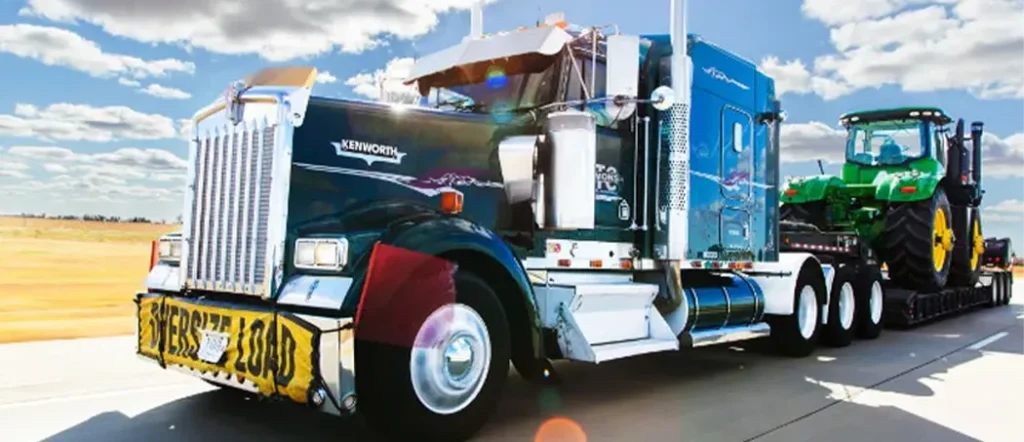
Escort Requirements for Nevada Oversize Permits
On Interstate and 4 or more lane highways:
Length:
Over 110′ – one escort
Overhang:
Over 25′ rear – one escort
Width:
- Over 14′ – one escort
- Over 16′ – two escorts
- Over 17′ – may require two escorts and Highway Patrol
Height:
Over 15’6″ – one high-pole escort
On 2-lane highways
Length:
Over 110′ – one escort
Overhang:
Over 25′ – one escort
Width:
- Over 12′ – one escort
- Over 14′ – two escorts
- Over 16′ – three escorts
- Over 17′ – reviewed on individual basis, may require two escorts and Highway Patrol.
- Hoover Dam area: width 8′-6″ to 10′ (maximum allowed) – two escorts.
Height:
Over 15′-6″ – one high-pole escort
Signs, Flags & Lights
Vehicles exceeding a width of 8 feet and 6 inches are required to exhibit “Oversize Load” signs on both the front and rear. Headlights must be set to low beam, and the display of signs should be limited to when necessary. If there is an overhang exceeding 4 feet, flags should be displayed.
Nevada Light Permit
A Nevada Light Permit is essential for operating vehicles with flashing revolving amber warning lights or even for traveling with such lights turned off but uncovered. Without a valid amber light permit, the light must either be covered or removed; failure to comply may result in a ticket.
Seasonal Load (Weight) Restrictions
Weight restrictions during the spring thaw are applicable on certain secondary routes, typically from approximately February through April.








